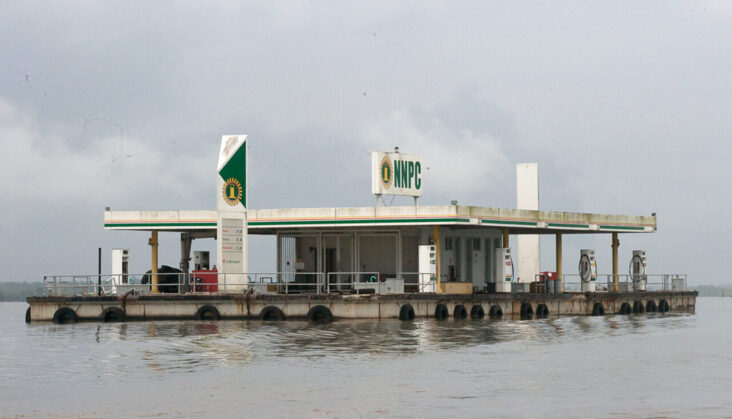01Jun
The freshly installed chief executive of NNPC, Nigeria’s state oil corporation, has vowed to attract up to $60 billion of investments to the nation’s oil and gas sector.
In April this year, Nigeria’s President Bola Tinubu removed NNPC’s entire board and appointed a new management team led by chief executive Bashir Bayo Ojulari, former chief operating officer at Renaissance Africa Energy Company and old hand with Shell in Nigeria.

Ojulari has moved fast to lay out his ambitious plan to modernise NNPC and use it as a stimulus to boost investment in Nigeria’s all-important oil and gas sector.
Comments